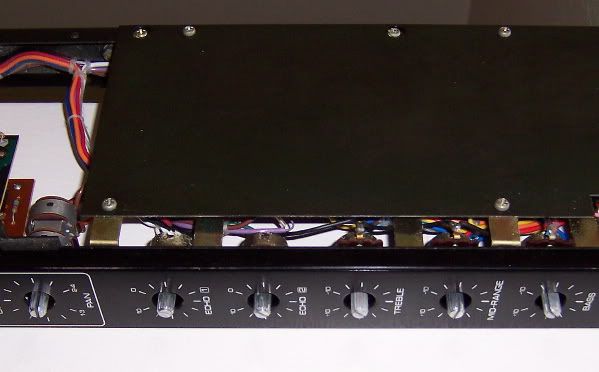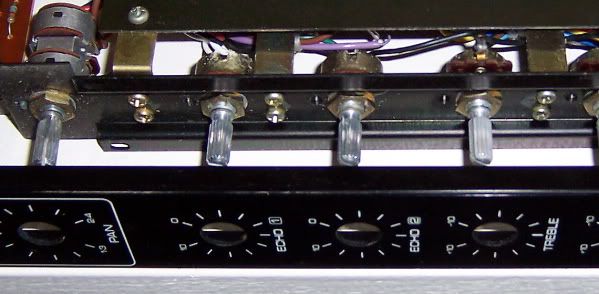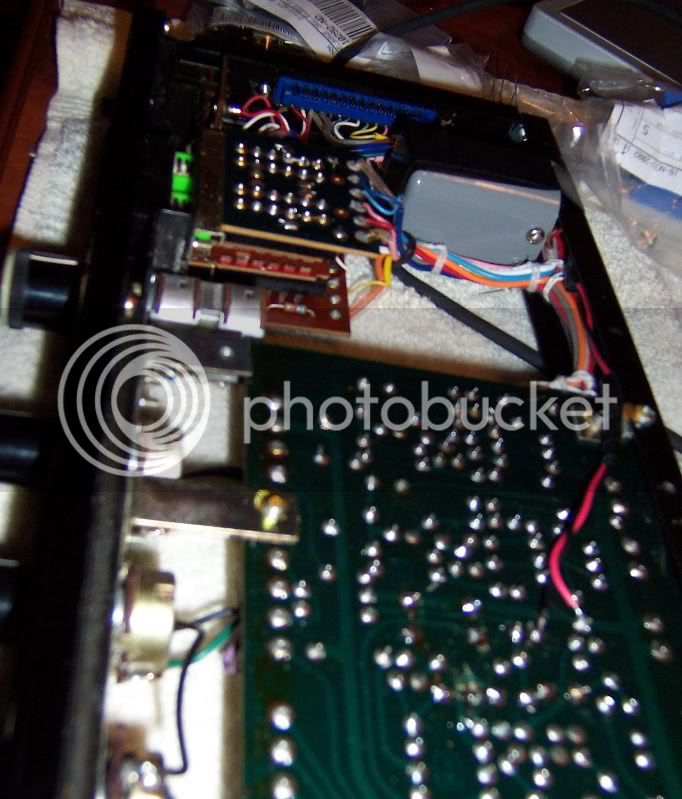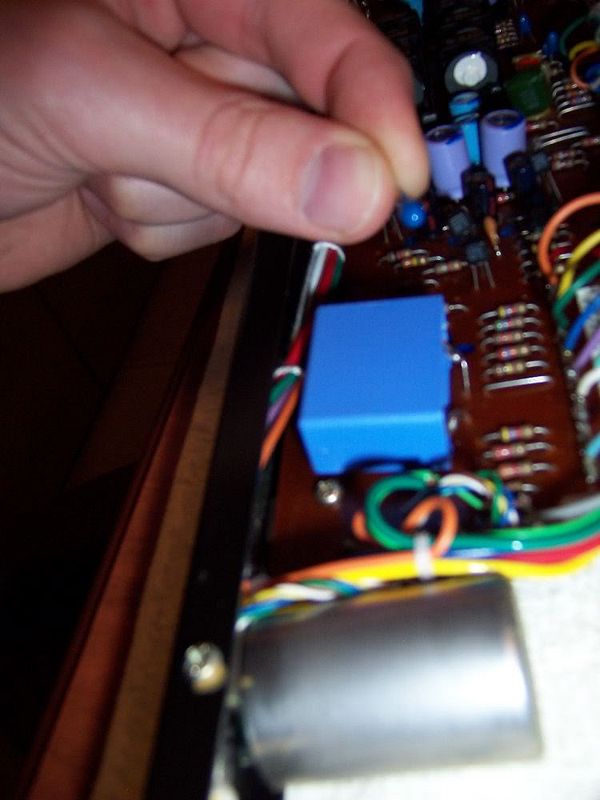T
tubejay
Guest
I was bouncing a direct out scheme off of Josh Karnes who has the wonderful PM1000 page on the Krash Jones site. He came up with the idea of putting in a switch after C37 to give me a switch that would either send the signal to my output transformer or on to the buss matrix. I want direct outs, but I also want to retain my buss outs. I don't need to ever use both at the same time, as I don't use this for mixing, only for tracking. However, I still need to buss snares and guitars together. I wanted to do this without deviating from the original design too far.
Josh's thoughts (mainly his) and my own were that using a PM1000 600:600 output transformer after C37, coupled with a switch to separate the mix buss from the direct out so that it's either going to the direct out transformer, or the buss matrix, shouldn't screw anything up, and stay close to the original design.
So here's the two parts to the input module schematic:
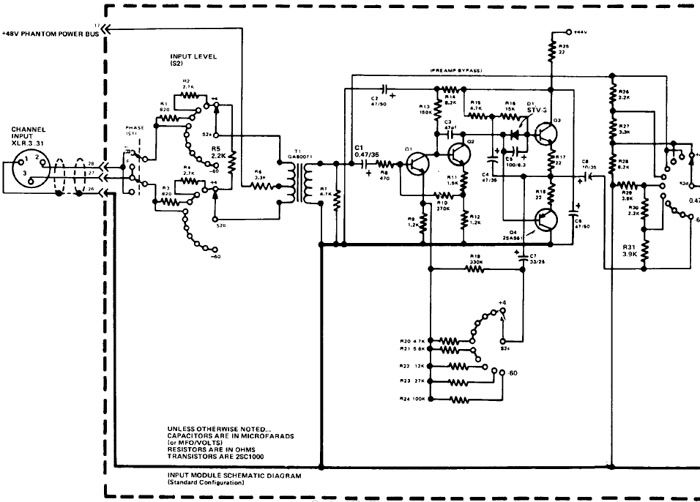
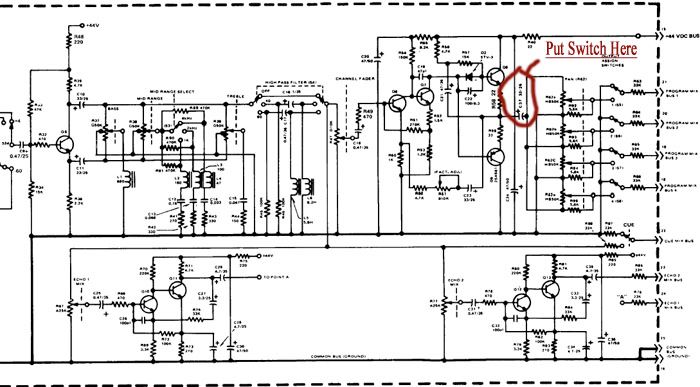
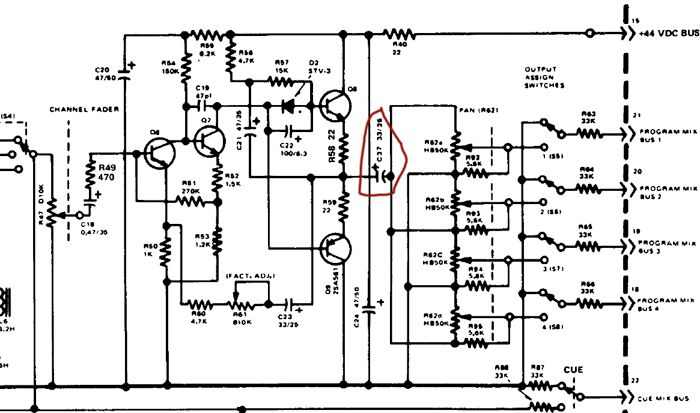
For a better look, here's the original schematic...warning this file is 3.4MB:
http://home.new.rr.com/lordjimbo/PM1000E_2.pdf
Can anyone recommend a switch that would be good for this??
Josh's thoughts (mainly his) and my own were that using a PM1000 600:600 output transformer after C37, coupled with a switch to separate the mix buss from the direct out so that it's either going to the direct out transformer, or the buss matrix, shouldn't screw anything up, and stay close to the original design.
So here's the two parts to the input module schematic:



For a better look, here's the original schematic...warning this file is 3.4MB:
http://home.new.rr.com/lordjimbo/PM1000E_2.pdf
Can anyone recommend a switch that would be good for this??



